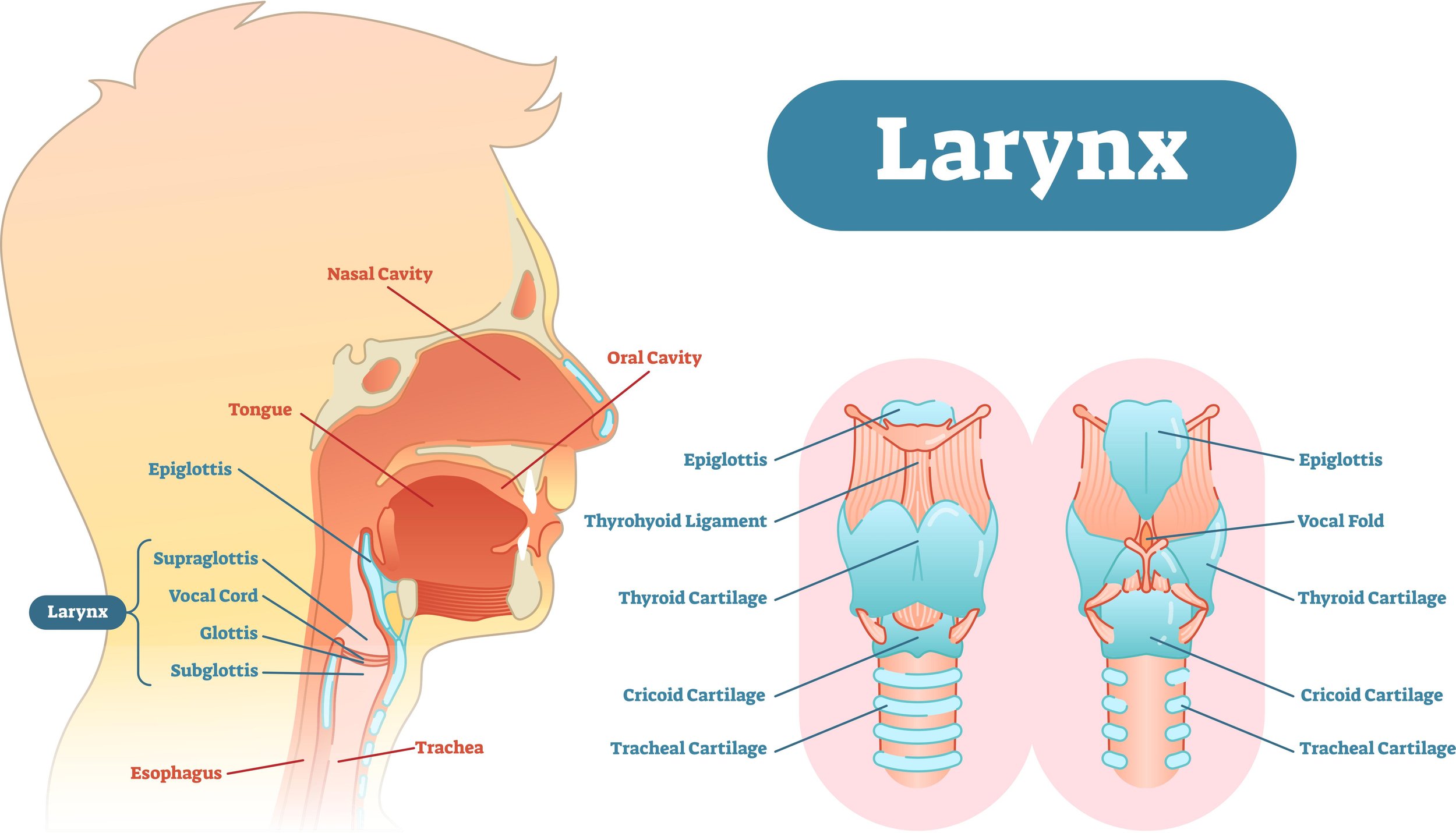3 Reasons to Try SOVTEs for Vocal Feminization or Vocal Masculinization
Ever wondered how to make your voice feel easier, lighter, and experience less strain?
Semi-occluded vocal tract exercises, or SOVTEs could be the answer for you!
It seems like I never shut up about these things! I use them in my own daily warm up, and I use them with my students all the time.
Because I’ve had such success with SOVTEs with my clients, I wanted to talk a little bit about the science of SOVTEs. They are particularly helpful for people working on vocal feminization or masculinization. So, why is that?
Below, I’m going to share what SOVTEs are, the science behind the way they work, and and share 3 specific benefits if you’re working on vocal feminization or vocal masculinization.
What are SOVTEs?
SOVTEs, semi-occluded vocal tract exercises, are vocal exercises that cover a part of the mouth, or obstruct the airflow in some way.
Some examples are a lip trill, vv, or humming into a straw in water.
Below, I’ll share what these exercises do for the voice and why.
SOVTEs make the voice feel easy
When the mouth is partially closed, the air pressure from your lungs gets reflected back down your throat and onto the vocal cords. That way, you have pressure on either side of the vocal cords. There's pressure coming up from the lungs, and back from the partially closed mouth.
SOVTEs increase the intraoral pressure, which means the pressure inside the mouth.
The pressure coming from the lungs, below the vocal cords is called the subglottic pressure. The space in between the vocal cords is called the glottis, so sub, or below, the glottis. Subglottic!
Supraglottic pressure is the pressure on top of the vocal cords, coming down from above the vocal cords.
When there’s more supraglottic pressure to balance out the subglottic pressure, it helps the vocal folds vibrate more easily. That rise in supraglottic pressure helps to decrease the intraglottal pressure (in between the vocal cords). That means that there will be less impact when the vocal cords collide.
How does this help with vocal feminization?
Raising vocal pitch is often a part of vocal feminization, as is creating a smaller vocal tract for resonance.
Both of these things can lead to tension, or hyperfunction of the closure of the vocal cords.
The increased supraglottal pressure helps to alleviate this hyperfunction and allow for easier voicing.
How does this help with vocal masculinization?
If you are taking “T”, your vocal cords are getting larger. During this period of growth, it can be difficult for the vocal cords to come together fully, leading to a feeling of instability in the voice.
By increasing the supraglottal pressure, and therefore the intraglottal pressure, the impact between the vocal cords will be less, allowing easier voicing.
2. SOVTEs Create a Clear Tone Quality
The vocal cords need to come into full contact with one another in order to get a clear sound quality.
When there are problems such as tension, legions, or nodes, the vocal cords may not touch completely as they vibrate. This can result in a breathy or raspy sound quality. This is because air is escaping through the open spaces between the vocal cords.
The extra supraglottal pressure from an SOVTE aids the vocal cords in pushing together and pulling apart. This helps to create a clear tone quality.
How does this help with vocal feminization?
When you introduce tension to your vocal tract in order to brighten your resonance, that tension can lead to a chronically breathy sound quality.
The back pressure from an SOVTE can help the vocal cords to come together and pull apart with more ease, giving you a more clear sound quality.
How does this help with vocal masculinization?
If you’re on T, the vocal cords are growing. This means that they have to relearn how to come together completely at this new size.
Because an SOVTE helps to bring the vocal folds together, they can help to stabilize your voice if you’re going through testosterone therapy.
3. SOVTEs Relax Your Muscles
Using SOVTEs can result in a slightly lower larynx.
While we don’t know exactly why this is, one theory is that the supraglottal pressure presses down on the larynx, resulting in the lower position.
Another theory is that because the enhanced pressure makes it easier for the vocal cords to vibrate, the extrinsic laryngeal muscles are more relaxed.
How does this help with vocal feminization?
When we create a smaller vocal tract for vocal feminization, a part of that is lifting the larynx. While we want to maintain a lift, we still want the larynx to be flexible and able to move up and down.
Sometimes the extrinsic muscles of the larynx can become tense and rigid. These exercises help to relax those muscles and give you the flexibility to move the larynx at will.
How does this help with vocal masculinization?
To create a more masculine resonance, we want a low larynx position. This creates more space in the vocal tract and results in a darker sound quality.
By using SOVTEs, you help to relax the muscles around the larynx so that it feels comfortable in that position.
To Sum Up…
We love an SOVTE! Whether you’re working on vocal feminization or vocal masculinization, these exercises can be so helpful.
SOVTEs help make the voice feel easy, help to create a more clear tone quality, and relax the muscles around the larynx.
Follow along with the video below to get started!
Want to learn more? Sign up for a consultation today!

























